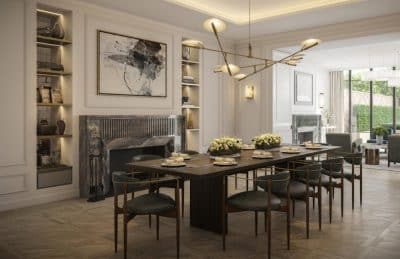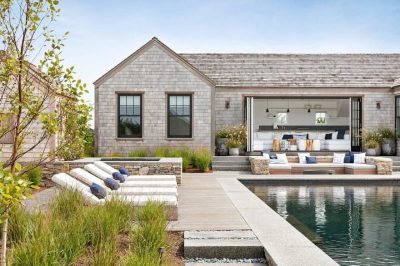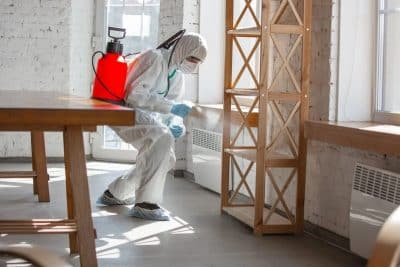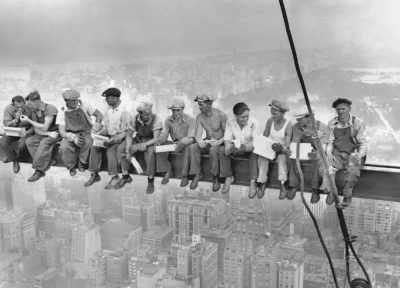
The construction industry undergoes a significant transformation, and 2025 promises innovations that will radically change how we design and build homes. Builders adapt to material shortages, workforce variations, and evolving consumer demands by focusing on sustainable, energy-efficient, and intelligent solutions. A study by XYZ Research shows that modern technologies reduce construction costs by up to 20%, while energy-efficient practices lower long-term energy bills by 15–25%.
New Materials and Technologies
New materials and technologies play a crucial role in enhancing the durability and performance of homes. For example, advanced insulation systems and sealing techniques reduce energy loss by up to 30% in laboratory tests. Furthermore, innovative coating materials form near-impermeable barriers that extend structures’ lifespans and lower maintenance costs by up to 40% over the next 20 years.
Prefabrication: The Future of Construction
Prefabrication is emerging as a key trend driven by the need for faster construction and reduced waste. When builders assemble components in controlled environments, they reduce human error and decrease delays by approximately 35% compared to traditional methods. A report by the Institute of Modern Construction shows that prefabricated components cut construction time by as much as 25% while enhancing overall durability through strict quality control. Materials like polyurea offer a robust protective layer that further extends component lifespans and reduces maintenance expenses.
Enhanced Durability
Durability becomes paramount in the face of climate change and extreme weather events. Builders integrate advanced materials such as composites, reinforced concrete, and high-performance coatings to ensure homes withstand severe conditions. Research shows that using these technologies extends home lifespans by up to 50% under adverse conditions compared to conventional methods. In hurricane- or flood-prone areas, architects design homes with reinforced exteriors and structural features that dissipate wind energy and minimize damage.
Waterproofing Essentials
Waterproofing remains essential for maintaining dry interiors and a resilient exterior. Modern waterproofing solutions such as polyurea coatings apply quickly, adhere to various surfaces, and form a continuous protective shield that resists cracking and degradation. Independent laboratory tests reveal that these solutions extend structures’ lifespans by up to 20% while significantly lowering repair costs.
Solar Energy and Smart Systems
Sustainability extends beyond construction techniques to include energy solutions. In 2025, most residential projects integrate solar panels and smart energy management systems. A study by the EnergyFuture Institute shows that solar panel installations reduce reliance on traditional power grids by up to 40%, while smart systems optimize energy consumption and cut annual energy expenses by 15–20%.
Improving Indoor Air Quality
Homeowners prioritize health and indoor air quality. Health & Home Research shows that modern ventilation systems equipped with advanced filters that trap pollutants and allergens reduce respiratory issues by up to 30% in residential settings.
The Role of Automation
Automation plays an increasingly vital role as the labor force evolves. By automating repetitive tasks, machines and robots allow skilled workers to focus on more specialized activities. A report by the TechBuild Institute indicates that automation boosts productivity by up to 50% and reduces execution errors by 35%, ultimately enhancing the quality of construction work.
Conclusion
Home construction in 2025 shifts toward better-designed, more durable, and energy-efficient structures. Data and statistics show that modern technologies and materials like polyurea improve performance and longevity while delivering significant long-term savings. By adapting to new economic and environmental realities, the industry paves the way for homes that require less maintenance and endure future challenges. Innovation and excellence define the future of construction, setting the stage for a more sustainable and efficient industry.








